The 5 Planks of an Omni Plan
In the last post, we laid out the basics of policy theory that are true in almost all rounds. Today, we dive into the one observation every policy debate must have: the plan.
Plan: a specific instance of a policy resolution.
The plan is not an argument, but a clarification of the affirmative position. It’s more like a resolutional analysis than anything else. It shouldn’t contain any direct advocacy, like a piece of evidence saying that the plan is a good idea. It’s just about explaining what you are supporting. You have other argument classes for the rest.
The details of a plan are very important. The negative will comb through it looking for any weakness or ambiguity they can exploit. While you can leave some things to common sense and common knowledge, you definitely shouldn’t hurry through your Plan observation. Take your time and lay it all out. Tell the judge everything about your plan that is likely to be relevant to the ballot. Don’t reserve the right to clarify; use it - immediately.
Plans contain 5 “planks,” or explanatory sub-points.
Mandate: The proposed change.
This is the thing you want done; the beating heart of your plan.
Plan: Vacation cruise. Our family will go on a cruise in the Caribbean.
Agency: Who will make the decision.
This isn’t the judge (usually); it’s the person or group responsible for authorizing the change. Think of agency as the brain of the plan.
Agency: Parents. Mom and Dad will decide to go on the cruise.
If the resolution says that the United States Federal Government should do something, your agency will almost certainly be Congress (passing the bill) and the president (signing it into law). You can get fancy if you like, however. For example, you could say that the President will veto the plan and then Congress will pass it on a 2/3 majority.
Enforcement: Who will carry out the mandate.
This is the person or group who go into action once the agent has approved the change. Enforcement is the hand of the plan - and that’s the last of our anatomical analogies.
Enforcement: Whole Family. We will all go on the cruise.
We often see these two merged as “Our Agency and Enforcement will be Congress and the President.” Unless you actually want congress and the president going into the field and carrying out your plan, this is incorrect. If your agency is congress and the president, the enforcement is probably some combination of federal departments. Figure out exactly who is responsible - is it the FBI, the CIA, the NSA, or the ATF?
Provision: What resources plan will require, and how they will be provided.
If you’ve been around policy for awhile, you know this plank as “Funding.” Sometimes, Provision is just about money. But it’s often not. Omni uses a broader term to describe all resources the plan needs, not just money. This plank should also cover how you intend to get those resources.
Provision 1: $1500. The cost of tickets for the whole family is $1500, which will go on Mom’s credit card.
Provision 2: Kids pay back. We will all get part-time jobs and pay the parents back in full before the cruise starts.
Timeframe: When the plan will be implemented and how long it will take.
This doesn’t necessarily have to be exact to the second; it just has to have enough detail for the judge and opponents to evaluate it accurately. In most policy plans involving the federal government, being specific to a year is enough, like “Our plan will take effect on January 1 of next year and will be phased in over the next 5 years.”
Timeframe 1: Buy immediately. We’ll buy the tickets now, while they’re on sale.
Timeframe 2: Next July. The cruise is next July, when the weather is nice and we’ve had time to pay you back.
Like everything you want the judge to write down, plans should be tagged. Each of the sub-points should be tagged as well.
Here’s an example. We chose something that’s particularly needy in terms of details; your plans can be a bit shorter but should follow a similar rhythm: plank name, tag, 1-2 efficient sentences to explain. If absolutely necessary, add evidence.
Plan: Invade Canada
Mandate 1: Full Occupation. The nation of Canada will be occupied and its sovereignty will be fully subsumed by the United States.
Mandate 2: New States. Each of Canada’s provinces will become new states in the American union.
Agency: Congress. Congress will issue a formal declaration of war.
Enforcement: Federal Forces. The United States armed forces will carry out the invasion, and the Department of State will oversee the transition. All federal agencies will be involved to some degree since their jurisdictions will be expanded to cover the new area.
Provision 1: 4 Trillion. This covers all the military expenses and paperwork. According to Patriots for an Invaded Canada 2020: “Invading Canada will cost 4 trillion dollars.” This money will initially add to the national debt.
Provision 2: 2 Carrier Groups. The USS Nimitz and USS Gerald R Ford aircraft carriers will be used to support the invasion from both coasts.
Provision 3: New Infantry. 80,000 additional soldiers will be recruited and trained for the invasion. The cost of paying, arming, and transporting them is included in Provision 1.
Provision 4: Tax new states. The former Canadian provinces will be taxed to cover the full expense of the plan with interest.
Time Frame: ‘22-’24. The invasion will be prepared in secret until late Spring 2022. The war and transition of power will take up to two years to complete.
Up next: the 4 kinds of Presumption arguments. Stay tuned.
